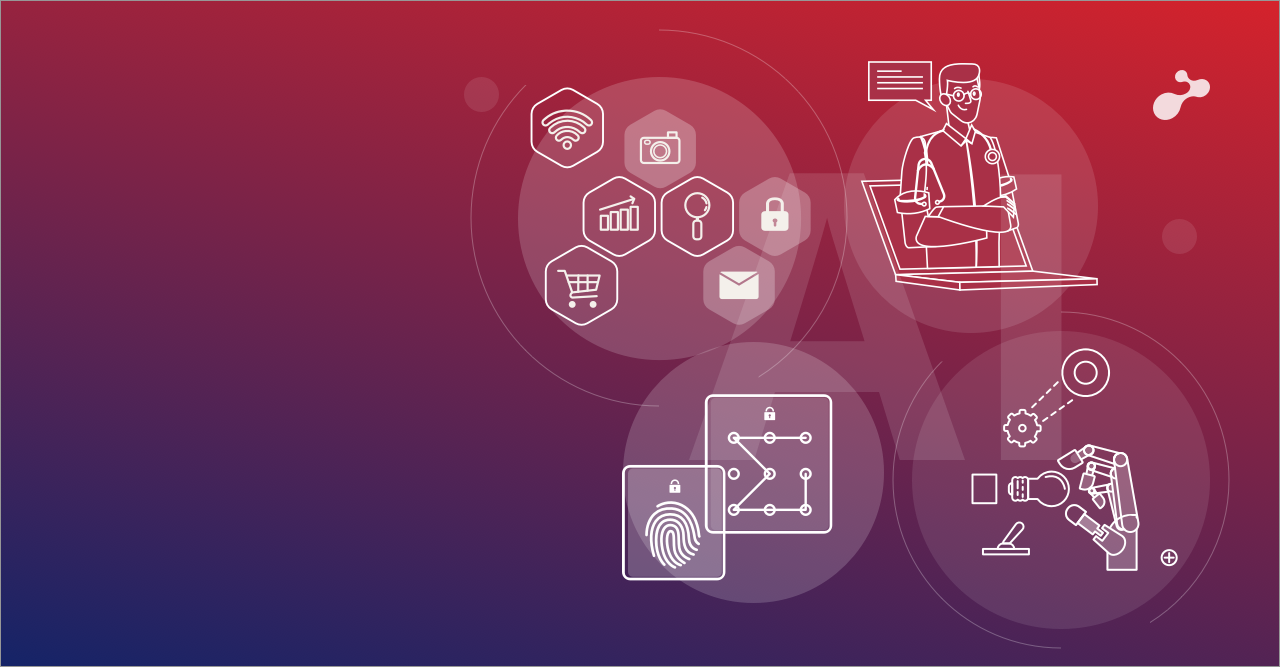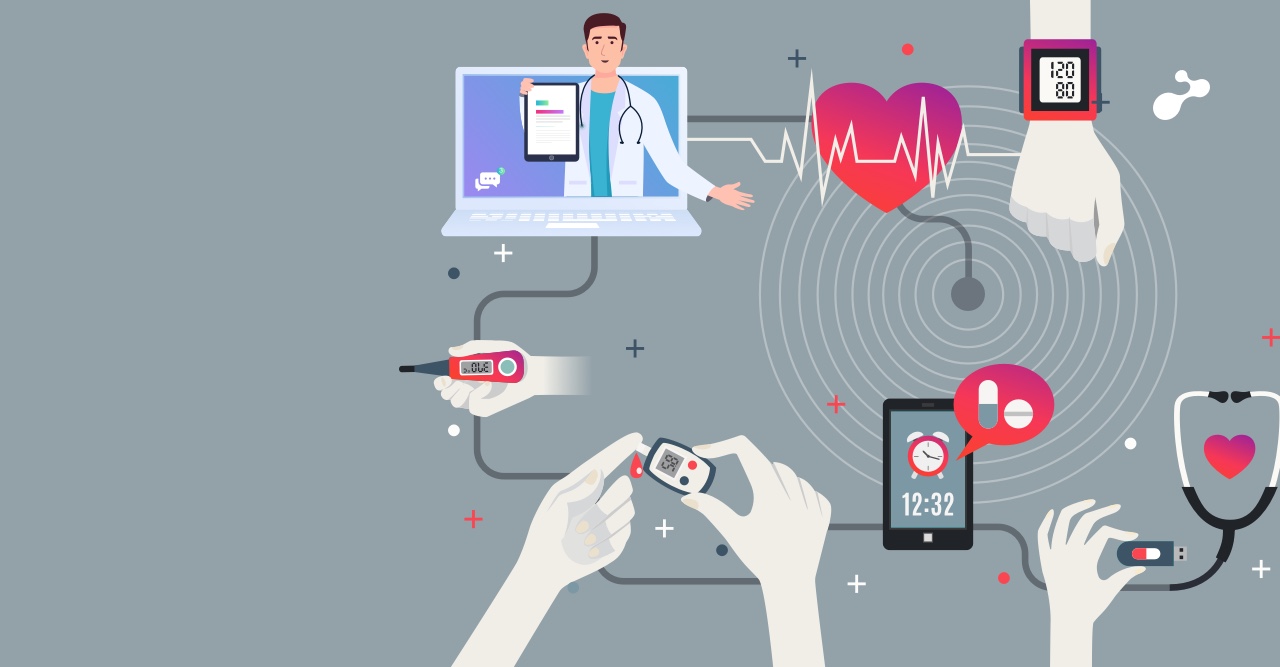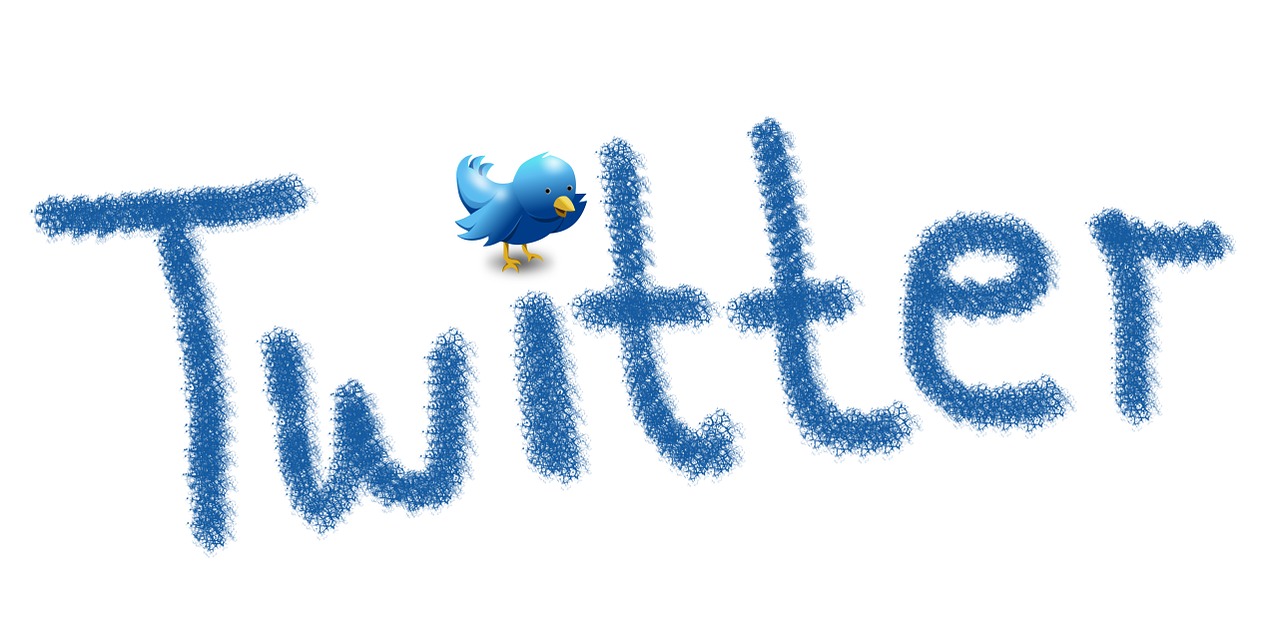Apple, and more recently Google, has started throwing their weight behind wearable technology in healthcare. The future of these companies and indeed the health industry too seems vested in this new technology. Other companies like Samsung, Nike, and a slew of startups have also thrown their hat in the ring. With a market that is projected to reach 100 million devices in 2016, the race to the finishing line offers significant benefits to the winners.
Part of the upcoming revolution is fuelled by rampant adoption of health apps like Fitbit, Jawbone up, Noom Coach and other such applications by consumers. Both the Apple App Store and Google Play Store have over 20,000 health applications for its users. While previously healthcare technologies played a more ‘outside-in’ approach with more power in the hands of the doctors, the new trend signifies an ‘inside-out approach’ where the patients are actively engaged in their own fitness. These apps provide an immersive experience, easy to use interface and statistical insights into the user’s health.
Along with giving more control in the hands of the patients, wearables can aid diagnosis by sending real-time data to physicians. Using devices such as Google Glass, surgeons can educate other doctors and medical students about complex healthcare procedures. It can also be used for telemedicine, an emerging way to deliver medical services. Wearable technologies also enable the creation of healthcare communities which is a great way to gather health information about individual patients and the patient population to offer the best treatment and preventive care. More data in the hands of the healthcare industry directly transforms to efficient healthcare delivery. Finally, apps and wearable technologies are a fun way to approach healthcare. They lend an air of casualty to the entire process of healthcare and keep the users motivated through ‘gamification’ and social experiences.
These gadgets would revolutionise the way doctors and patients share information, get access to insights and approaches to healthcare. Apart from that, shorter patient visits, more accurate information, efficient diagnosis, telemedicine and new procedures would all contribute to lower care costs. And that would be perhaps the most significant contribution of these wearables.

.jpg)






